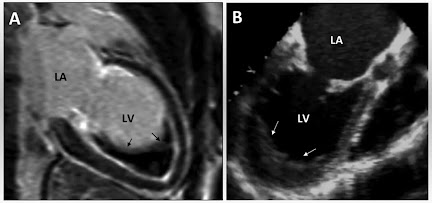Textbook of Pharmacology & Therapeutics
CONTENTS
FOREWORD
PREFACE
ACKNOWLEDGEMENT
PART I GENERAL PRINCIPLES
- Introduction to therapeutics
- Mechanism of drug action (Pharmacodynamics)
- Pharmacokinetics
- Drug absorption and routes of administration
- Drug metabolism
- Renal excretion of drugs
- Effects of disease on drug disposition
- Therapeutic drug monitoring
- Drugs in pregnancy
- Drugs in infants and children
- Drugs in the elderly
- Adverse drug reaction
- Drug interaction
- Pharmacogenetics
- Introduction of new drugs and clinical trials
- Cell based and recombinant DNA therapies
- Alternative medicines : herbals and nutraceuticals
PART II THE NERVOUS SYSTEM
- Hipnotics
- Schizophrenia and behavioural emergencies
- Mood disorders
- Mood disorders and degenerative CNS disease
- Anti epileptics
- Migraine
- Anaesthetics and muscles relaxants
- Analgesics and the control of pain
PART III THE MUSCULOSKELETAL SYSTEM
- Anti inflammatory drugs and the treatment of arthritis
PART IV THE CARDIOVASCULAR SYSTEM
- Prevention of atheroma :lowering plasma cholesterol and other approaches
- Hypertension
- Ischaemic heart disease
- Anticoagulants and antiplatelet drugs
- Heart failure
- Cardiac dysrhythmias
PART V THE RESPIRATORY SYSTEM
- Therapy of asthma, chronic obstructive pulmonary disease and other respiratory disorders
PART VI THE ALIMENTARY SYSTEM
- Alimentary system and liver
- Vitamins and trace elements
PART VII FLUID AND ELECTROLYTES
- Nephrological and related aspects
PART VIII THE ENDOCRINE SYSTEM
- Diabetes mellitus
- Thyroid
- Calcium metabolism
- Adreanl hormones
- Reproductive endocrinology
- The pituitary hormones and related drugs
PART IX SELECTIVE TOXICITY
- Antibacterial drugs
- Mycobacterial infections
- Fungal and non HIV viral infections
- HIV and AIDS
- Malaria and other parasitic infections
- Cancer chemotherapy
PART X HAEMATOLOGY
- Anaemia and other haematological disorders
PART XI IMMUNOPHARMACOLOGY
- Clinical imunopharmacology
PART XII THE SKIN
- Drugs and the skin
PART XIII THE EYE
- Drugs and the eye
PART XIV CLINICAL TOXICOLOGY
- Drugs and alcohol abuse
- Drugs overdose and poisoning
Index
ABOUT BOOK
|
|
Name book
|
Textbook of Pharmacology and Therapeutics (5th edition)
|
Author
|
James M Ritter, Lionel D Lewis, Timothy GK
Mant and Albert Ferro
|
Type
|
pdf
|
Size
|
4.3 MB
|
Pages
|
476
|
Page Type
|
Colored
|
Quality
|
Good
|








No comments:
Post a Comment
Please do not enter any spam link in the comment box